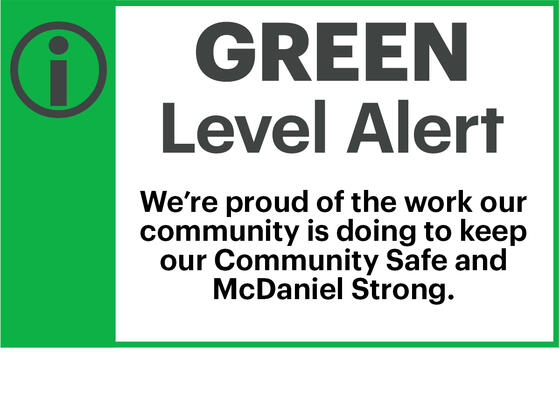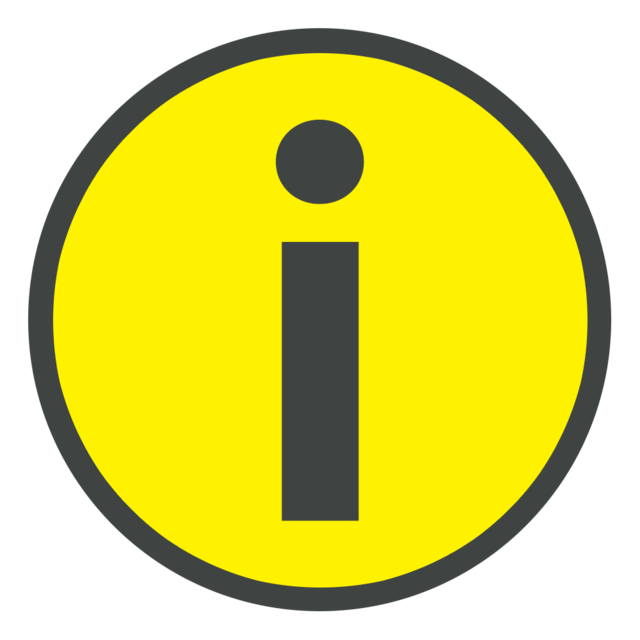COVID-19 Campus Notification System
We’re proud of the work our community is doing to keep our Community Safe and McDaniel Strong.
Community members should:
- Continue following health and safety protocols.
We’re proud of the work our community is doing to keep our Community Safe and McDaniel Strong, but we must refocus our efforts.
Community members should:
- Check their symptoms twice per day.
- Renew their commitment to following health and safety protocols. (View the "Community Safe. McDaniel Strong." pledge).
- Increase awareness of others around them and assert the need for health and safety protocols to be followed by all members of our community at all times.
- Minimize non-academic gatherings to meet social distancing requirements of six feet or more both indoors and outdoors, and continue to wear face coverings or masks when inside buildings and residential common areas.
We’re proud of the work our community is doing to keep our Community Safe and McDaniel Strong, but we must do better.
Community members must:
- Renew their commitment to following health and safety protocols. A zero tolerance policy may be put in place for those who do not follow health and safety protocols, even if non-compliance is accidental.
- Increase awareness of others around them and assert the need for health and safety protocols to be followed by all members of our community at all times;
- Minimize non-academic gatherings of more than 10 people, even when outside or following social distancing protocols.



